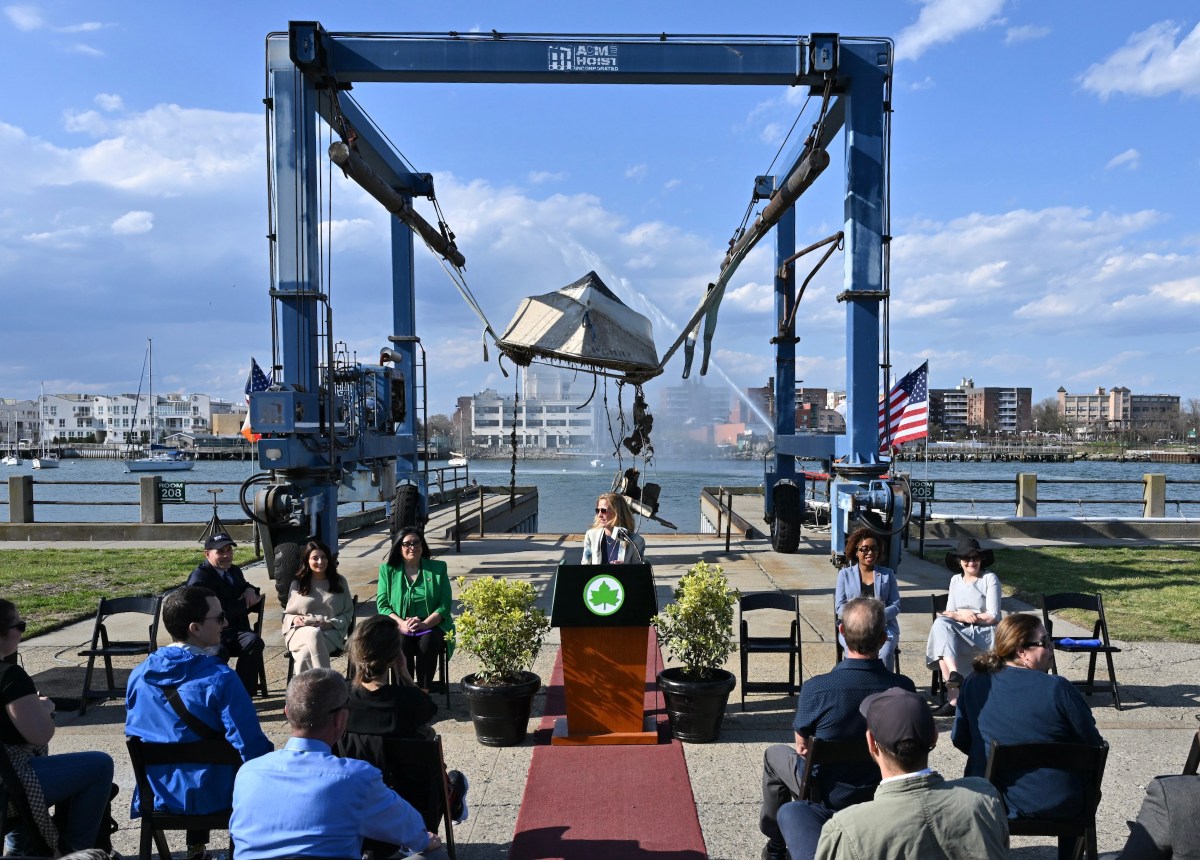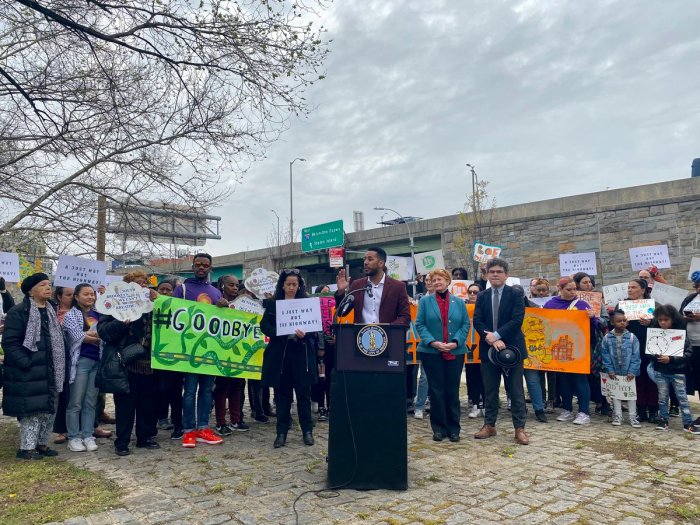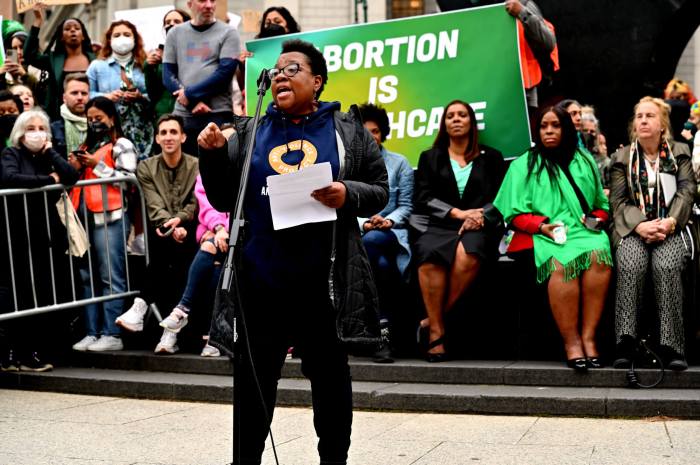The editorial board of our sister publication, Courier-Life, ran an editorial last week condemning the Prospect Park West bike lane, calling it “a ticking timebomb” and referring to its users as “over-empowered jerks in Spandex.”
At The Brooklyn Paper, we certainly encourage debate, but not when it is so egregiously ill-informed. So it falls upon us to set the record straight:
Complaints about the new, two-way protected bike lane, which runs from Grand Army Plaza to 15th Street, are mostly coming from drivers, who lost a lane for car travel on what was once a three-lane speedway.
To our thinking, helping bikers and inconveniencing motorists goes a long way towards rebalancing the scales that have long tipped in favor of those loud, powerful, dangerous four-wheeled machines.
The Courier editorial argued that reducing Prospect Park West to two lanes has not had the desired traffic-calming effect — but this is just wrong. Indeed, reducing the roadway by one lane has slowed-down cars — in fact, it slows them to a crawl whenever someone double-parks or drops off a kid at soccer practice. Just listen to the honking and you’ll know that drivers are upset.
But, make no mistake, double-parked cars are not the fault of selfish Spandex-clad cyclists, but of selfish drivers who can’t be troubled to pull into a side street or idle at a fire hydrant to let others pass.
Other complaints have come from some pedestrians who are not accustomed to looking both ways before crossing the one-way street. To be sure, speeding cyclists do pose a new challenge for these pedestrians, but it is only a matter of a time before everyone is comfortable with the new arrangement, and stroller-pushing parents or dog walkers learn to look both ways and cross at the green, not in between.
For all the hysteria in its first two weeks, the Prospect Park West bike lane has already solved many problems: it has gotten cyclists off the sidewalk, it has slowed down cars, it has turned Prospect Park West back into a neighborhood street instead of a thruway, and it has strengthened the connection between the park itself and the roadway that frames its western border.
We call that a win for everyone — except drivers, who have had it too good for too long.






















